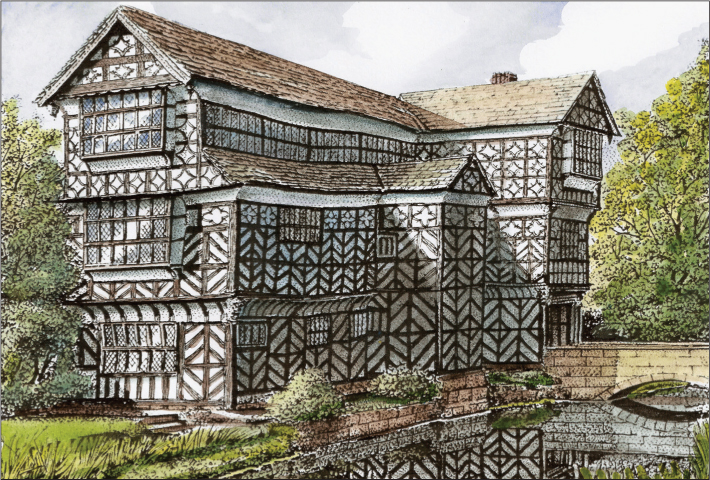
THE

ENGLISH COUNTRY HOUSE

EXPLAINED


TREVOR YORKE

COUNTRYSIDE BOOKS
NEWBURY BERKSHIRE
First published 2012
Trevor Yorke 2012
All rights reserved. No reproduction permitted without the prior permission of the publisher:
COUNTRYSIDE BOOKS
3 Catherine Road
Newbury, Berkshire
To view our complete range of books,
please visit us at
www.countrysidebooks.co.uk
ISBN 978 1 84674 301 6
Designed by Peter Davies, Nautilus Design
Produced through MRM Associates Ltd., Reading
Typeset by CJWT Solutions, St Helens
Printed by Information Press, Oxford
C ONTENTS
C HIVALRY AND G LUTTONY
13001560
W EALTH AND THE H UMANITIES
15601660
C OMMERCE AND S CIENCE
16601720
L IBERTY AND S ENSIBILITY
17201800
E MPIRE AND I NDUSTRY
18001914
Introduction
T he English country house is an imposing record of aristocratic wealth, innovative architecture and fashionable interior design; a glorious museum of world art and personal history bottled up in one unique building. More than this, it reflects the whims of its owners, their familys ancestry, and the lives of the countless staff who helped develop and run the house, its gardens and estate. It also highlights periods of cultural isolation when owners stuck with tried and tested methods or domestic historic styles, in contrast to times when the minds of the ruling classes were enlightened by wonders from the Ancient World, or exotic forms from the far corners of the globe.
Each building evolved in a different way. Some have at their heart a medieval timber-framed structure; others, while appearing of the same antiquity, are copies, barely over 100 years old. It will be found that most are not one complete project. The costs of erecting such huge structures in expensive materials, with the finest interior fittings, were so vast that even the wealthiest families often built one part at a time. Many will also show signs of the money having run out; houses with odd proportions or with a wing missing can reflect an over-ambitious owner or cutbacks in the 20th century when aristocratic rule had come to an end.
Despite no one country house being the same as another, there are underlying trends, fashionable layouts and technical developments which can be recognised underneath its unique and personal details. A trip to these wonderful yet bewildering houses can be enlightened if you can recognise familiar forms in the building, date some of the decorative trimmings, and identify from which period the interior fittings belong. This book sets out to empower the reader to do just this, to explain how and why country houses developed and to show the details in the structure which can help date its various parts. My own drawings, diagrams and photographs clearly and concisely convey this information, with a text that focuses on the elements you can see and appreciate today. Any unfamiliar terms are explained or contained in a glossary.
The English Country House Explained is divided into three sections. The first covers five time slots from the late medieval period when country houses first developed up to the 20th century when they began to be boarded up and sold off. Each slot describes the fashionable changes which affected the structure and the interior layout and decoration of the building. The second section goes inside the building and looks at the different styles of interior fittings which can help date them and the changing fashions of the various principal rooms. It also goes behind the green baize door and describes the working hub of the house: the service rooms in which the household staff spent most of their lives and the garden and estate which helped feed, finance and entertain these aristocratic families. Finally, there is a quick reference guide, with details of houses featured in the book and a few others of note which can be visited, the glossary of architectural terms and a list of websites and books for further information.
Trevor Yorke
FIG 0.1:Drawings of an Arts and Crafts (top) and timber-framed house (left) with labels of some of the key elements which can be found on country houses.
S ECTION I
C OUNTRY H OUSE S TYLES T HROUGH T HE A GES
C HAPTER 1
Chivalry and Gluttony
Late Medieval and Tudor Houses
 13001560
13001560 
FIG 1.1: LITTLE MORETON HALL, CHESHIRE:This rambling timber-framed house has, at its core, a 15th-century hall which over the following century was added to, with the famous gatehouse range pictured here being the final piece of the jigsaw in the 1570s. Typically for the period the composition of the house is irregular as rules on symmetry and proportions were unknown to its builder so it did not seem to matter that this main front, with its spectacular row of windows, had a garderobe tower (a toilet block) prominently positioned in the middle!
T o start our journey through the history of the English country house, we need to turn the clock back some 700 years to the Middle Ages. It was a time when military might and the respect it commanded were of primary importance in the life of an aspiring lord of the manor. His household officers were his show of strength, with the size of his personal army and its loyalty to him acting as a barometer of his standing among fellow nobles. He, in return, provided a roof over their heads and regarded them as an extended family.

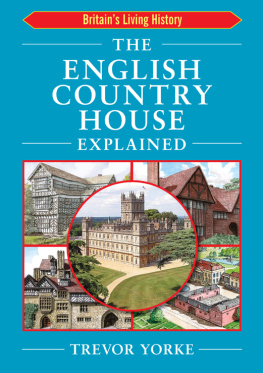
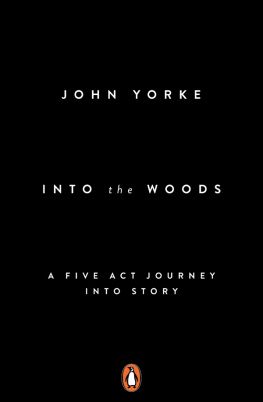
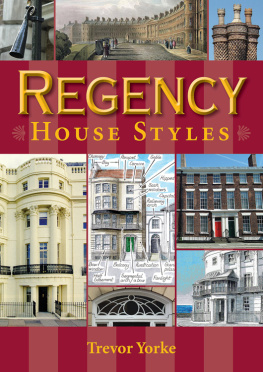
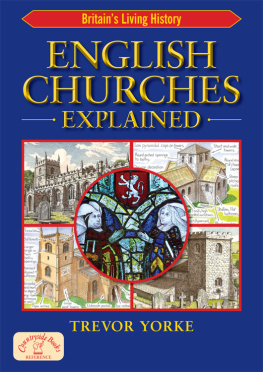
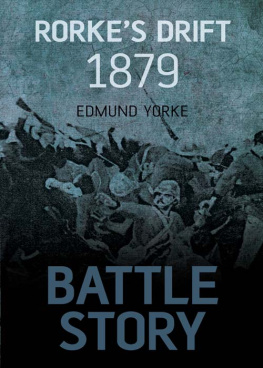
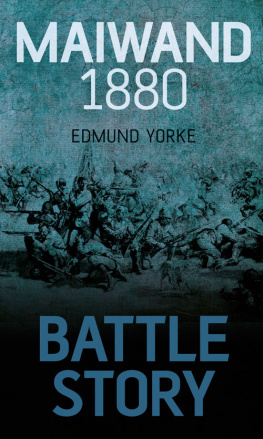
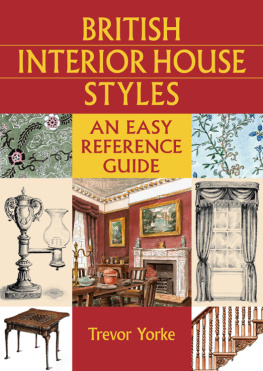
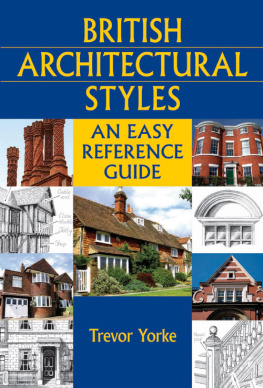
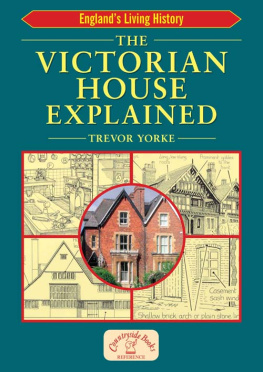
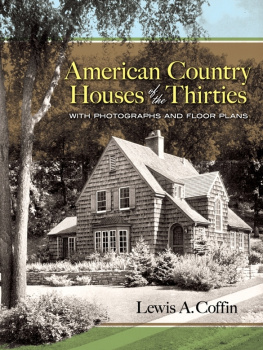
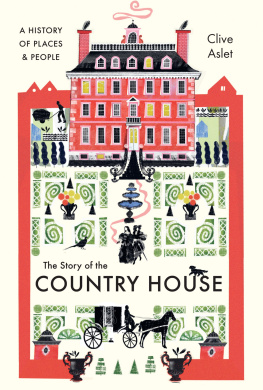
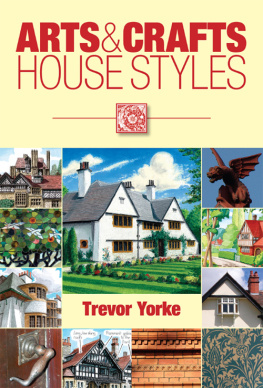
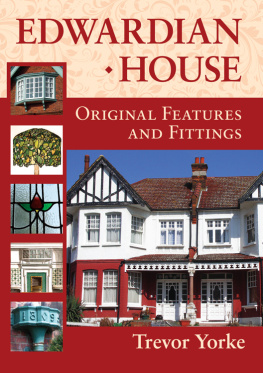
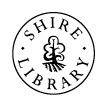
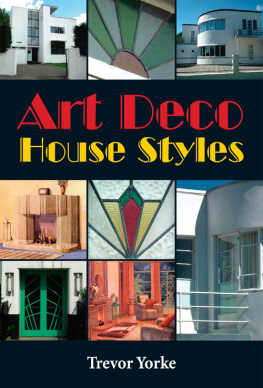
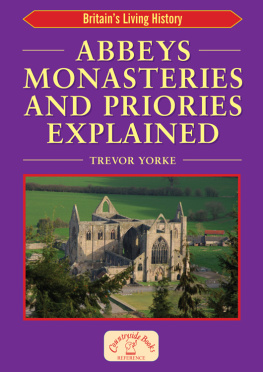
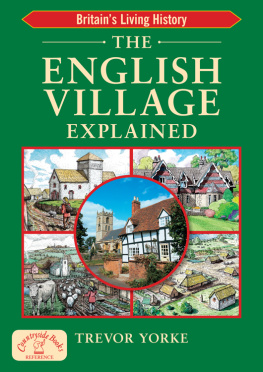
 THE
THE  EXPLAINED
EXPLAINED 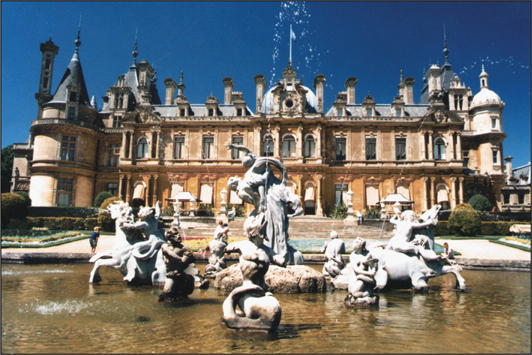
 TREVOR YORKE
TREVOR YORKE 

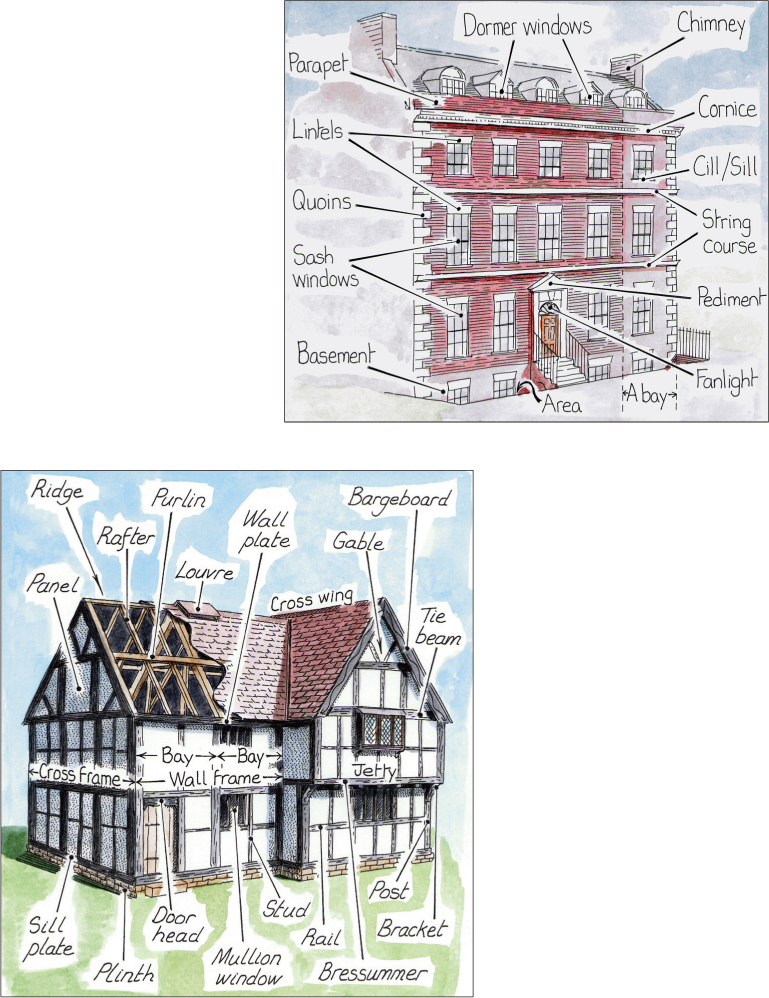
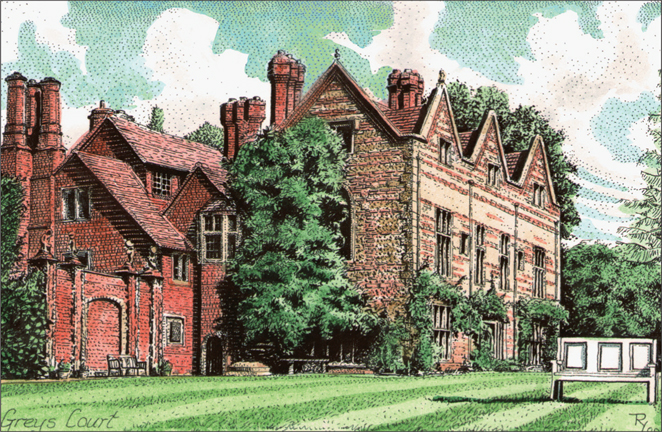

 13001560
13001560 